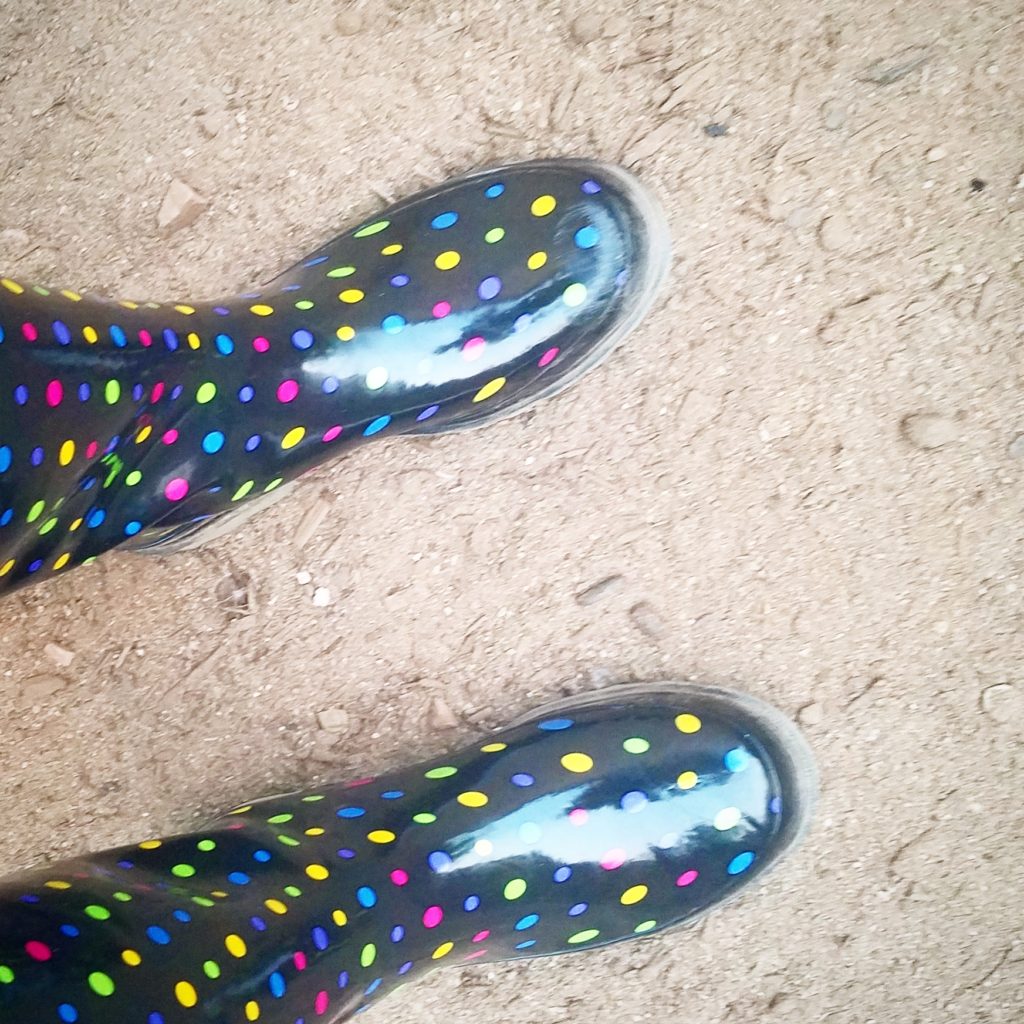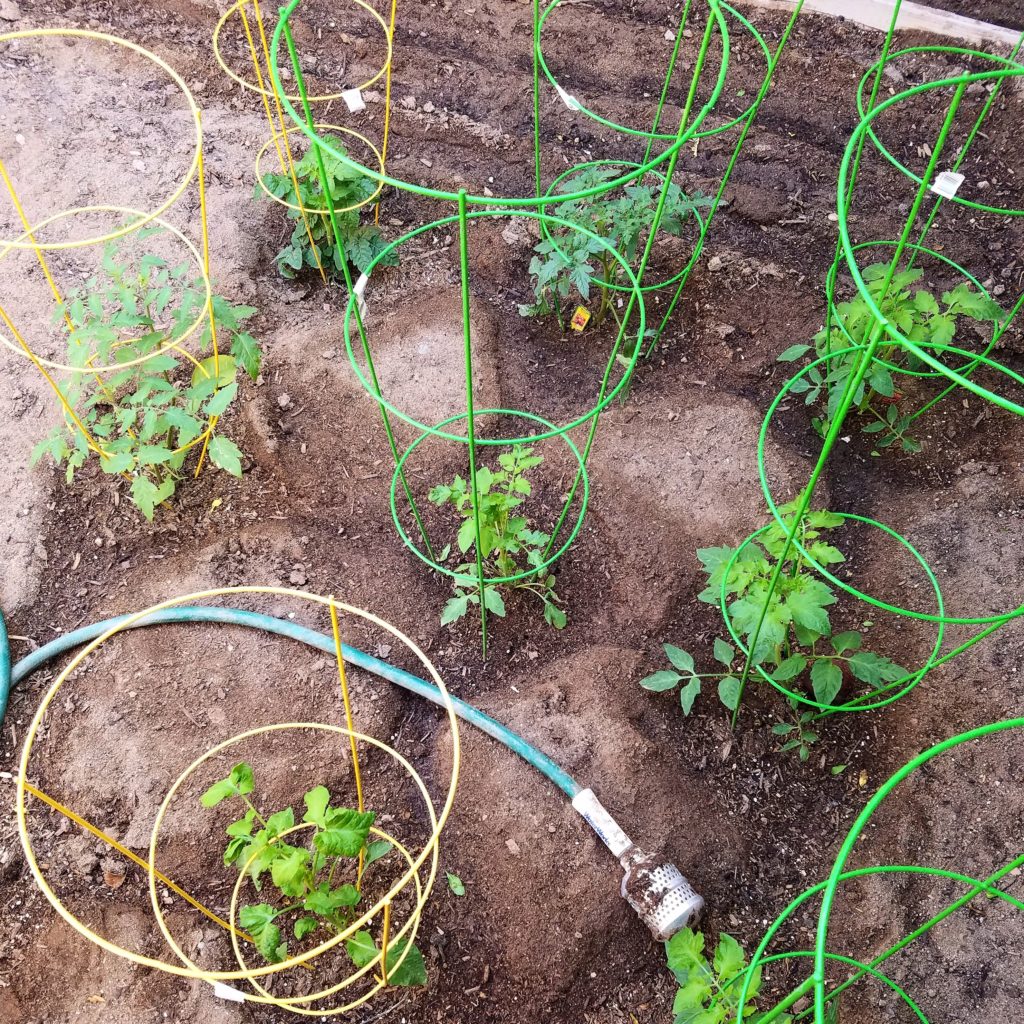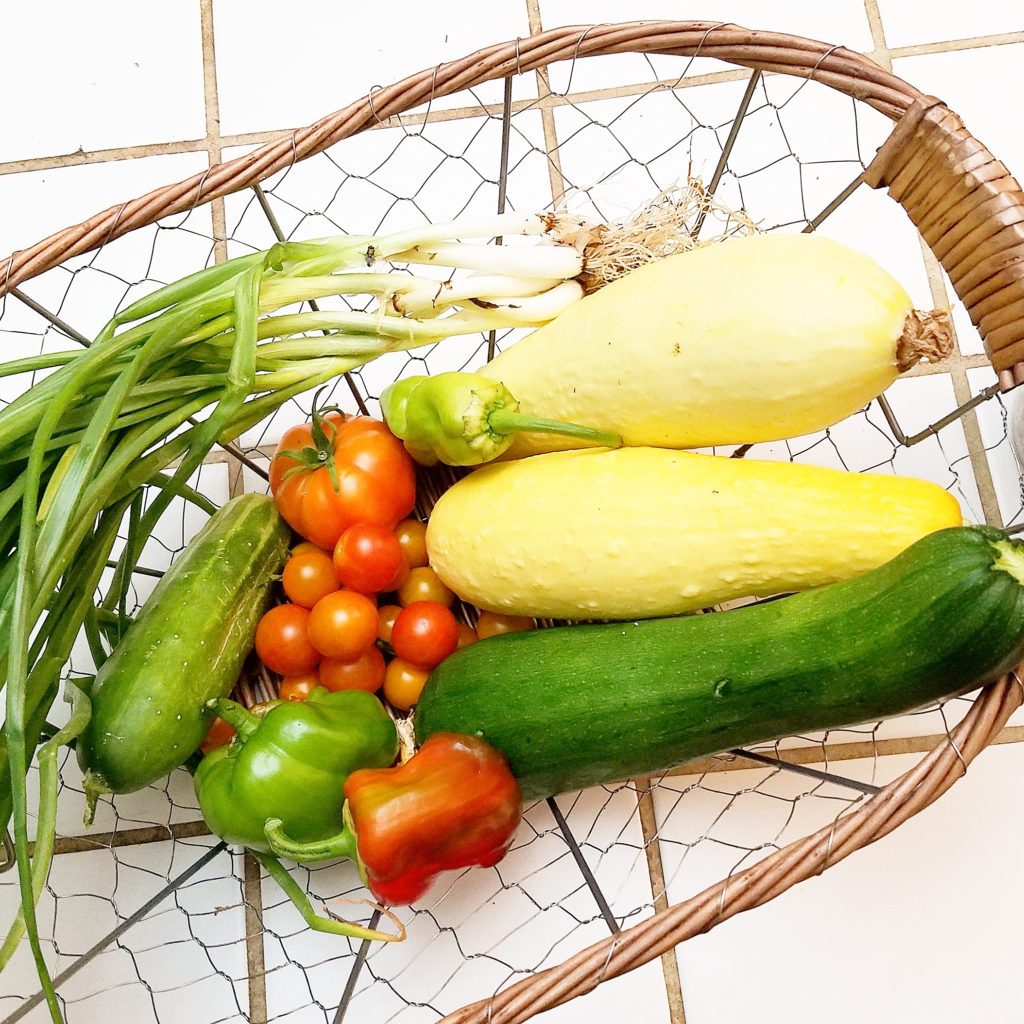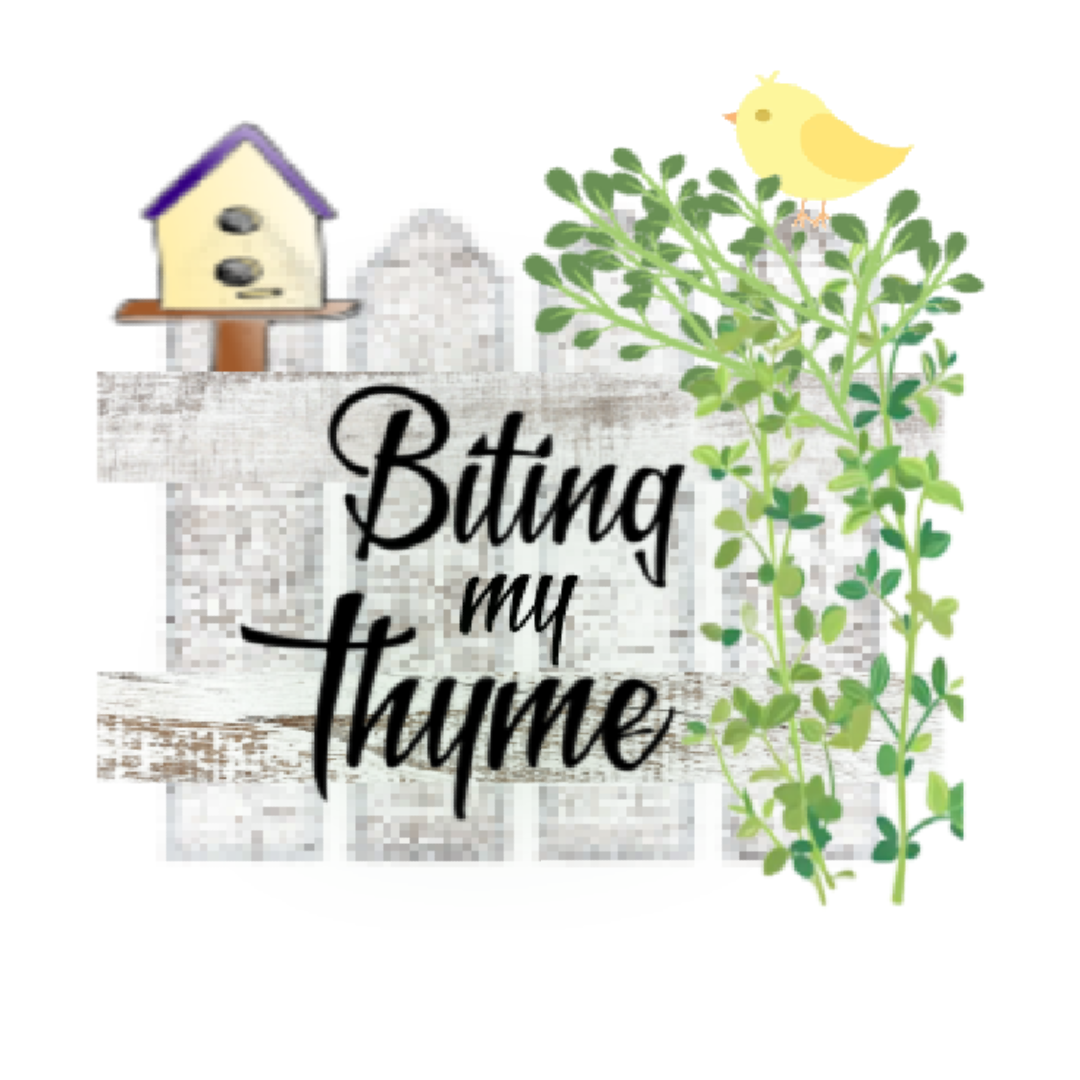 I live in a suburb of Phoenix, Arizona where summers get so hot that we boast of our ability to fry an egg on the sidewalk. Not that anyone would really want to eat an egg off the sidewalk, but we can do it! People have also been known to bake pans of cake batter or cookie dough in their hot cars to show that the sun truly bakes more than your skin. Needless to say, the summer desert is a tough place to survive but it is completely possible to grow a productive garden and enjoy watching it thrive and produce lots of home grown vegetables all summer long. Here are 5 basics for those of you have always wanted to try growing a garden, but didn’t know where to start.
I live in a suburb of Phoenix, Arizona where summers get so hot that we boast of our ability to fry an egg on the sidewalk. Not that anyone would really want to eat an egg off the sidewalk, but we can do it! People have also been known to bake pans of cake batter or cookie dough in their hot cars to show that the sun truly bakes more than your skin. Needless to say, the summer desert is a tough place to survive but it is completely possible to grow a productive garden and enjoy watching it thrive and produce lots of home grown vegetables all summer long. Here are 5 basics for those of you have always wanted to try growing a garden, but didn’t know where to start.
1. Timing is Everything
While other parts of the country (and the world) are still freezing their tails off in February and March, us desert dwellers are beginning to see signs of spring approaching. We start enjoying weather in the 70s while some of our friends and family are being rained out and shoveling snow. This is also the time of year that we enjoy bragging that we are wearing shorts and grilling outdoors. Ha ha suckers! It is also precisely the time to get your soil ready for a summer garden.
 2. Preparing the Soil
2. Preparing the Soil
Because we live in the desert, the ground is hard and the dirt is like clay. Nothing will grow in our clay dirt without some work. Before doing anything, the ground has to be tilled up and mixed with some vegetable garden soil. We used to have a dedicated garden tiller, but my husband had to work on it every year just to get it running so we bought a tiller attachment for our Ryobi weed eater. The first year we started the garden my husband tilled up the hard dirt first and then gradually added bags of vegetable garden soil until there was a nice mixture of both soil and native dirt. He also built a basic bottomless frame out of 2x4s to contain the garden. This is helpful for watering as it keeps most of the water contained inside the garden area. That is if I don’t accidentally flood the garden. #gardenhack :if you don’t stay out in the garden while you’re watering, write yourself a quick reminder note or set a phone alarm so you don’t forget you are watering! Ask me how I know this 😉
 3. Planting
3. Planting
As soon as the garden soil is prepared you are ready to plant. As long as you start early enough in the season you can plant some things from seed. I plant some items from seed and others from starter plants. Seeds are usually sold in one location with a mixture of seasonal relevance. Pay close attention to the charts on the back of the seeds to make sure you are planting things in the appropriate season. If you are buying starter plants, find out which ones are ending their season and which are beginning as sometimes there is a crossover in the availability of plants sold in nurseries as the season changes. Things like spinach, lettuce and celery are winter vegetables and will not do well in the warmer weather. Some summer plants include tomatoes, strawberries, melons, corn, peppers, eggplant and onions. Before you put anything in the ground it’s a good idea to plan and map out your layout. I usually just set the starter plants in the spots I want them and move things around as I work out my plan. Read the instructions on the back of the seeds or on the information stick that comes with the plant to make sure you allow plenty of room for growth. Most of these plants start out really small but they spread out and grow very large. Some things are best planted in rows like corn and carrots. You will also want to pay attention to which plants like direct sun and for how many hours per day. Those that don’t like as much sun can be planted in a shadier area or strategically planted under the overgrowth of something much larger. You will also want to pay attention to which plants will be climbing vines or grow in long strands that you will want to keep off the ground. Cucumbers grow in a long strand so I use a shepherd’s hook to allow the plant to wrap around and climb up to protect the leaves and fruit from laying in the dirt. I have also seen some pretty nifty hinged wood pieces on Pinterest that allow the cucumbers to grow up and over and something else to be planted underneath the shelter. Melons and grapes are climbing vines so it’s a good idea to put them against a fence or on a trellis. Another clever idea that my husband came up with is planting a row of corn along the edge closest to the house in order to protect the garden from the heat of the summer sun reflecting off of the house. The same idea could apply for block walls as well.
4. Watering
 It’s very important to keep the garden moist (sorry to those of you who aren’t fond of that word) without over-watering. In the early part of spring you will only need to water a few times a week to keep the ground from drying out. Once the weather is hotter the ground will dry out more quickly and you will need to water more often. I have found that if I water each area more slowly it allows for a better soak into the ground and it takes a little longer for the ground to dry up. A garden hose bubbler attachment like the one pictured here allows the water to flow evenly without eroding a hole in the soil around it. I’ve attached a quick link from Amazon below because sometimes they are hard to find in the store.
It’s very important to keep the garden moist (sorry to those of you who aren’t fond of that word) without over-watering. In the early part of spring you will only need to water a few times a week to keep the ground from drying out. Once the weather is hotter the ground will dry out more quickly and you will need to water more often. I have found that if I water each area more slowly it allows for a better soak into the ground and it takes a little longer for the ground to dry up. A garden hose bubbler attachment like the one pictured here allows the water to flow evenly without eroding a hole in the soil around it. I’ve attached a quick link from Amazon below because sometimes they are hard to find in the store.
The best times to water are early morning before the heat becomes intense and evening when the sun is going down. It’s also very important to mention that you don’t want to spray the leaves or get them wet. Especially in the daylight hours as the sun will fry the wet leaves.
5. Patience

The hardest part is when you have some healthy plants growing and you can see little flower blooms all over but not any fruit quite yet. As you water them and examine for fruit and growth you will need to reinforce some of the branches with stakes and if you have tomato plants you will need tomato cages to support your growing plants.
Do not skip this step in the early stages as you will not be able to easily put a tomato cage around your plants without damaging them. This year we ended up with some monstrous tomato plants that are well over my head. Of course, I am only 5’3″ but that is still a pretty large tomato plant!
Once production begins it is usually pretty steady. Be careful harvesting your veggies as some of the plants are prickly and irritating to your skin. Enjoy and check back soon for some summer recipes for preparing your homegrown food.





